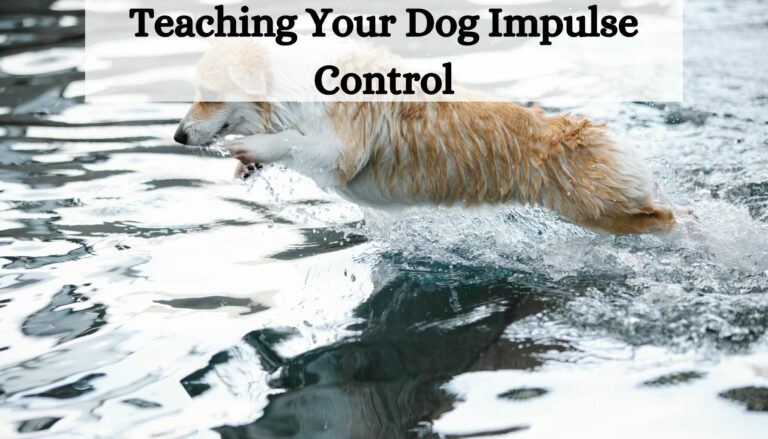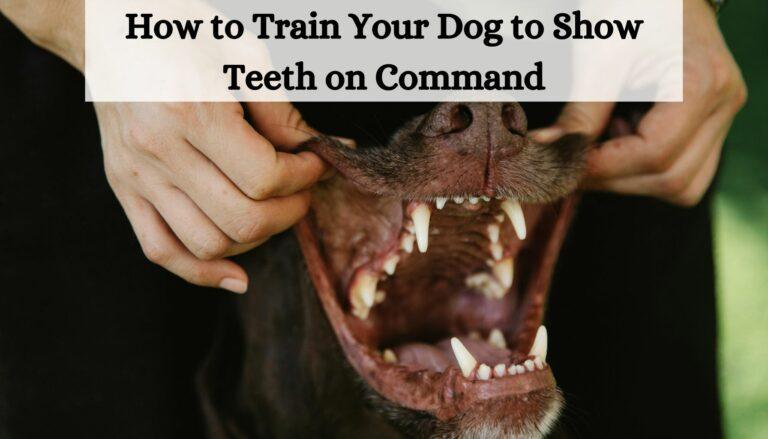Training your dog to be desensitized to various sounds is an essential part of raising a well-adjusted pet. This process can significantly reduce or eliminate the stress and anxiety that certain noises, such as fireworks or thunderstorms, often cause in dogs. Here’s a quick guide to sound desensitization for dogs, using effective, tried-and-tested methods.

Understanding the Importance of Sound Desensitization
Dogs have highly sensitive hearing and can react with fear or anxiety to unexpected or loud noises. Desensitizing your dog to these sounds can prevent problematic behaviors such as excessive barking, hiding, or even escaping. It can also improve your dog’s overall quality of life by reducing stress-related health issues.
Step-by-Step Guide to Sound Desensitization
Sound desensitization is a crucial training process to help your dog cope with various noises, reducing anxiety and stress. Here’s how you can effectively desensitize your dog to sounds in a structured and thoughtful manner.
1. Preparation: Setting Up a Controlled Environment
- Choose a Quiet Room: Start in a location where your dog feels safe and secure, free from distractions and unexpected noises that might interfere with the training.
- Assemble Your Equipment: Gather everything you’ll need, including:
- A playback device such as a smartphone or laptop to play the recorded sounds.
- A Bluetooth speaker for more realistic and directional sound simulation.
- High-value treats to reward your dog for their calm behavior during the training.
2. Introduce Sounds at a Low Volume
- Select Appropriate Sounds: Begin with recordings of noises your dog needs to become accustomed to, like fireworks, traffic, or household appliances.
- Monitor Your Dog’s Reaction: Play the sounds at a very low volume initially. Observe your dog’s behavior closely for any signs of distress or discomfort. The initial goal is for your dog to acknowledge the sound without becoming anxious or scared.
3. Associate Sounds with Positive Experiences
- Create Positive Associations: While the sounds are playing, engage your dog with their favorite treats or a fun play session. This association helps your dog connect the sound with positive outcomes, changing their emotional response over time.
- Increase Volume Gradually: As your dog becomes more comfortable, slowly turn up the volume during subsequent sessions. Make sure each increase is slight and that your dog remains relaxed and stress-free.
4. Gradually Increase the Volume
- Adjust Volume Cautiously: Incrementally increase the volume only if your dog shows no signs of anxiety at the current level. Watch for any signs of discomfort, and only proceed if they seem completely at ease.
- Backtrack if Needed: If at any point your dog appears stressed, immediately lower the volume and increase the frequency of treats. This helps reassure your dog and prevent negative associations with the sounds.
5. Vary the Source and Location of the Sound
- Change Sound Locations: To prevent your dog from becoming accustomed to noises coming from one direction, move the Bluetooth speaker to various locations around the room or house.
- Simulate Real-Life Situations: By varying the source of the sound, you help your dog adapt to the unpredictable nature of real-world noises, thereby enhancing their comfort and confidence.
6. Practice Regularly But Keep Sessions Short
- Maintain Brief Training Periods: Keep sound exposure sessions under 10 minutes to prevent your dog from becoming overwhelmed or overly stressed.
- Consistent Short Sessions: Aim for one to two brief sessions each day, gradually increasing the duration of sound exposure as your dog’s tolerance improves.
Maintenance and Long-Term Care
Regular Refreshers
- Continue Practice Sessions: Even after your dog has been successfully desensitized, maintain their training with occasional refresher sessions. This helps ensure the desensitization remains effective long-term.
- Implement Surprise Sessions: Randomly integrate sound desensitization into daily routines to mimic unexpected real-life noises, reinforcing calm behavior.
Know When to Seek Professional Help
- Seek Expert Advice if Needed: If your dog’s progress stalls or if they seem unusually distressed, it might be time to consult a professional trainer. They can provide specialized techniques and further customize the sound desensitization process for your dog’s specific needs.
Monitor and Adjust
- Track Progress: Keep a detailed journal or use a progress tracker to monitor how your dog reacts to each session. Note any changes in behavior and adjust the training accordingly.
- Celebrate Small Wins: Acknowledge and celebrate even minor successes to keep the training atmosphere positive and encouraging for both you and your dog.
By following these detailed steps and being attentive to your dog’s needs, you can effectively train them to handle various sounds with less fear, leading to a happier and more peaceful life for your furry friend.
Conclusion
Desensitizing your dog to sounds is a proactive approach to managing anxiety and fear. With patience, consistency, and a positive reinforcement approach, most dogs can learn to cope with the noisy world around them more effectively. Remember, each dog is unique, and training might progress at different rates depending on a variety of factors including their past experiences and natural temperament.






